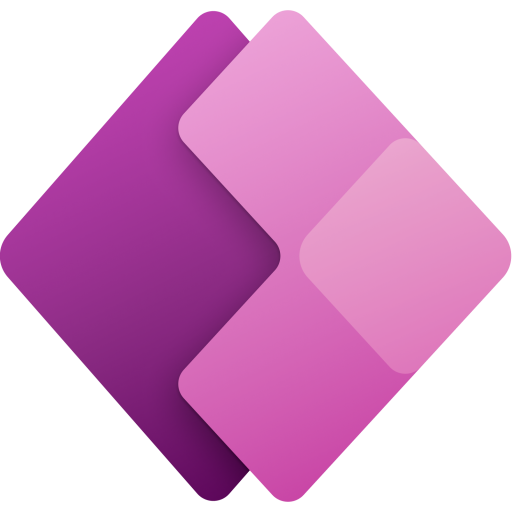Model Driven Apps
Model-driven apps in Microsoft Power Apps offer a powerful and efficient way to create business applications. These apps leverage a data-driven approach where the focus is on rapidly adding and managing data rather than writing code.
Key components include:
1. Entities: Structured data storage units.
2. Views: Customizable data displays.
3. Forms: User interfaces for data entry.
4. Dashboards: Aggregated data insights.
5. Business Process Flows: Guided processes.
6. Security Roles: User access management.
7. Workflows: Automated processes.
8. Charts: Visual data representations.
9. Relationships: Data connections between entities.
10. Solutions: Packages for deployment.








